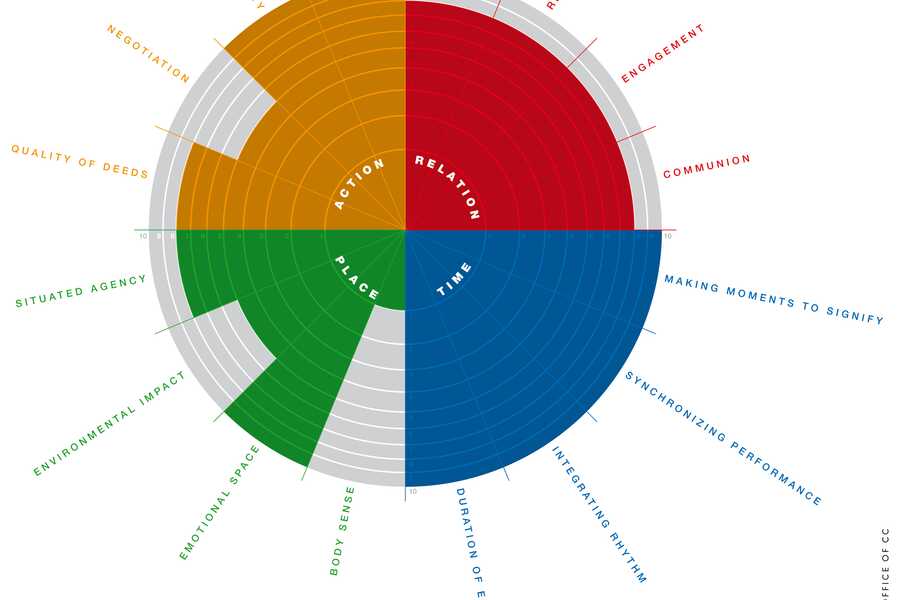Relation: Depending on personal style all identified factors in the dimension ‘relation’ play a role of significance in networks of friends. Some people use Facebook mostly professionally for which Facebook scores high with respect to its role. Facebook functions as a reputation system, for example employers look up possible new applicants to learn more about them. Engagement can be very high, up to the point of addiction. In specific contexts, Facebook is part of creating shared meaning. Family and friends use Facebook to stay in touch. The dimension of relation in Facebook's design contributes significantly to why people trust Facebook.
Time: For Facebook the duration of engagement is endless and 24/7. Its design supports integration of posts of friends minute by minute in individuals' own rhythms and activities of the day. Synchronizing with friends, for example, by entering a chat, or issuing likes is instantaneous. Facebook communication is also designed to support significant moments in peoples' lives, for example, when friends celebrate a shared meaning as in protest or a party. The time dimension of Facebook's design generates a high level of trust.
Place: Facebook does not directly affect our body sense. It also does not have or create direct environmental impact but many friends may live in the same environment and therefore Facebook may have environmental impact. The emotional space Facebook offers is immense and elaborate for many. It offers ‘situated agency’ allowing participants to post, like, comment on anything they notice. So the dimension of place contributes significantly to the emergence of trust.
Action: Depending on personal style and choice, Facebook is able to support intense tuning with others as well as reciprocity between friends. Negotiation is not really one of its features, although some people may invent ways to acquire this functionality within Facebook. Concerning the quality of deeds, it seems that most people use Facebook as part of their daily activities. At some moments in time in specific context a post may be considered a deed. It is clear though that the dimension of Action contributes significantly to the emergence of trust.
From this short analysis it may be concluded that Facebook generates trust from its participants by its presence design. In this presence design the dimension of time is crucial. Followed by action and relation, but also the dimension of place contribute significantly. However, a YUTPA analysis does not shed light on political opinions on how Facebook as a company behaves and can be trusted or not. Quite many people do not participate in Facebook because of Facebook’s data policy. This policy includes giving details of Facebook users to both to business and intelligence corporations. This YUTPA analysis sheds light on how people make choices for presence and trust but does not incorporate judgements on larger issues of trust as Facebook’s behaviour as a company for example.
When judging increase or decrease in presence in a specific design trajectory, arguments need to incorporate social, economic, political and ecological consequences of the intended participatory scripts for presence. From one perspective it may seem that a participant acquires agency, while, for example, from another perspective actual economic or political circumstances deeply affect the situation in such a way that presence for other participants decreases. The analytical frameworks discussed in section 3.1 address the social, political and economical issues of presence as a value for design. An ANT analysis (Actor Network Theory), for example, identifies relations of Facebook with the world of finance, intelligence, and business, providing insights for the judgement on presence as a value for design.
YUTPA analysis Facebook

In this example a YUTPA analysis is carried out to understand how Facebook’s presence design generates trust for its participants.

